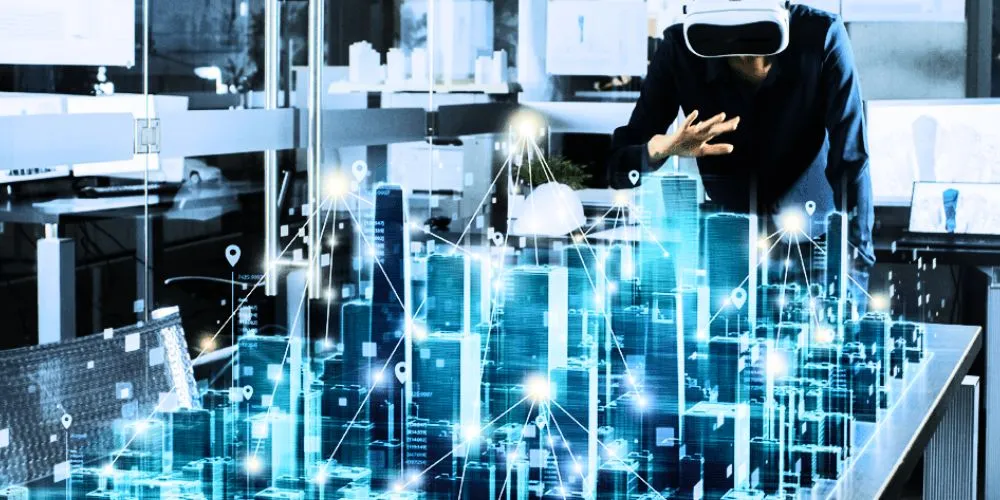Key Points
- Extended Reality encompasses Virtual, Augmented, and Mixed Reality, offering immersive experiences that blend digital and physical worlds.
- XR transforms entertainment, from VR gaming and virtual concerts to AR-enhanced content and interactive cinematic experiences.
- The technology aids surgeons with precision, supports therapy for mental health, and enhances medical training with realistic simulations.
- Despite challenges like cost and content creation, XR is poised to become more integrated into daily life and redefine human interaction.
In the rapidly evolving technology landscape, Extended Reality (XR) emerges as a groundbreaking force set to redefine how we interact with the digital and physical worlds. XR, an umbrella term encompassing Virtual Reality (VR), Augmented Reality (AR), and Mixed Reality (MR), is poised to revolutionize industries from entertainment to healthcare and beyond.
XR transcends traditional boundaries, immersing users in a seamless blend of virtual and real environments. VR creates entirely immersive digital experiences, transporting users to simulated worlds, while AR overlays digital content onto the real world, enhancing our perception. MR takes it further, merging digital and physical realities, allowing interactive and responsive experiences.
The entertainment industry stands to undergo a paradigm shift with Extended Reality. VR gaming has already gained momentum, providing users with unparalleled gaming experiences. AR influences how we consume content, with applications like interactive advertising and location-based AR experiences. As XR technologies advance, we can expect more immersive storytelling, virtual concerts, and interactive cinematic experiences.
XR is making significant strides in the healthcare sector. Surgeons can benefit from AR overlays during operations, which provide real-time data and enhance precision. VR finds applications in therapy, offering immersive environments for mental health treatments and pain management. Medical training is also transforming, with XR creating realistic simulations for practitioners.
Extended Reality will reshape education by providing immersive and interactive learning experiences. Students can explore historical events in VR, conduct virtual science experiments, or engage in collaborative MR environments. The magic of technology can make learning more engaging and accessible, transcending geographical barriers.
Businesses are leveraging XR for training, design, and collaboration. VR facilitates realistic training simulations, while AR enhances real-time data visualization for professionals. MR is changing how teams collaborate by creating shared digital workspaces, fostering innovation and efficiency.
Despite the promises of Extended Reality, challenges like device affordability, content creation, and ethical considerations exist. However, ongoing research and development efforts are addressing these issues. The future holds the promise of XR becoming more ubiquitous, seamlessly integrated into our daily lives, and unlocking unprecedented possibilities for human interaction and productivity.
Extended Reality emerges as a transformative force with far-reaching implications. As technology advances, XR is positioned to become an integral part of our reality, pushing the boundaries of what is possible and redefining how we perceive and interact with the world.












